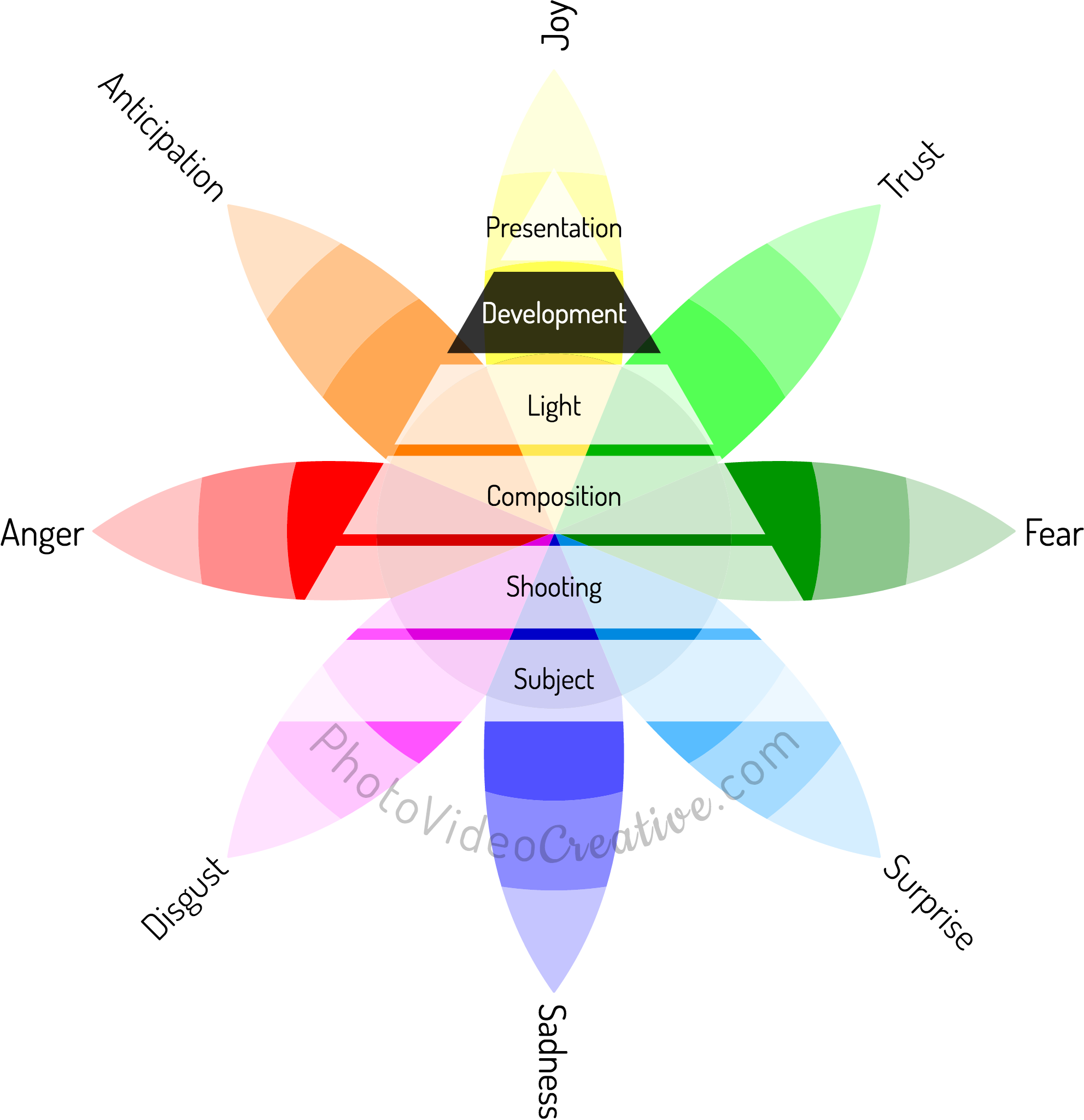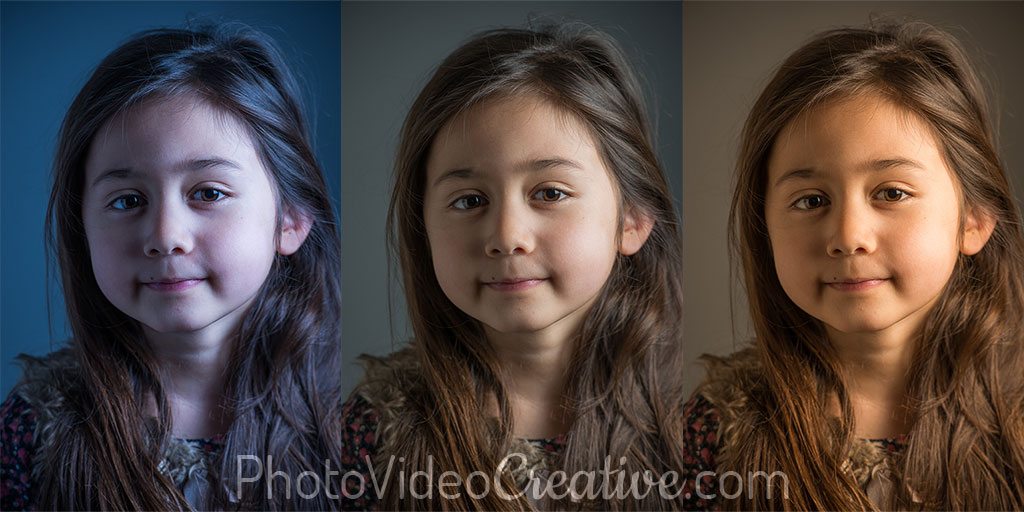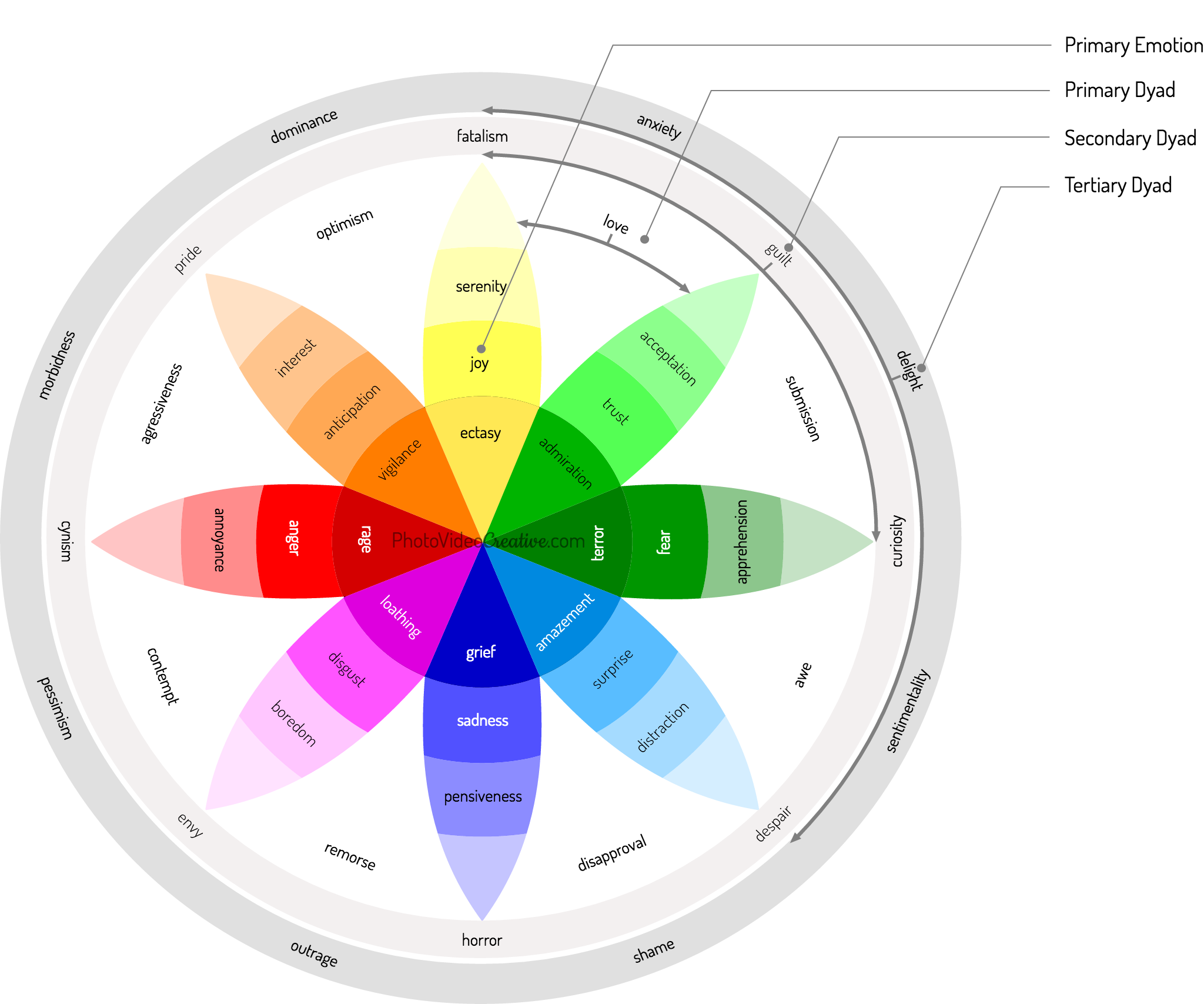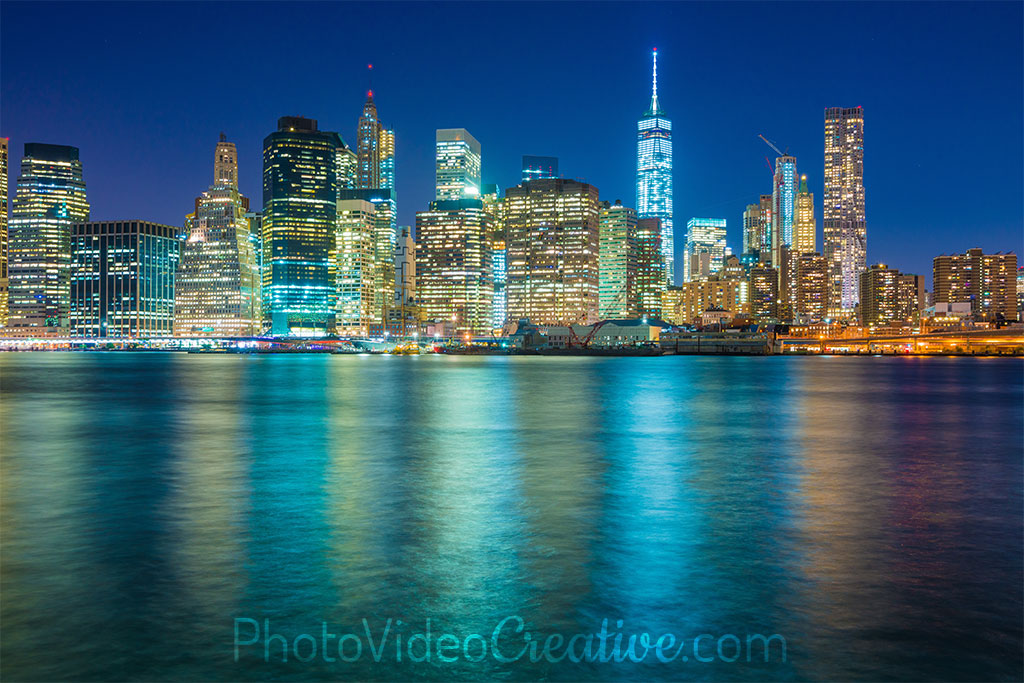Have you ever noticed that a photo portrait appears more attractive just by the color of the ambient light that illuminates the face? But do you know why you have different emotions depending on the color of the ambient light? You will see that everything is in the white balance that you can adjust when developing your photo in retouching applications on mobile or desktop!
Foreword
Succeeding in making remarkable photos means successfully capturing and sharing emotions in your photos. Focused on the theory of emotions, I designed a 6-step method for learning photography first with what you feel. Development is the 5th step to achieving it, and mastering color is one of the 6 essential development techniques to be known in photography.

Ambient Light Color and White Balance
Before you keep on reading, be sure to understand the notions of color temperature and white balance. Some basic knowledge of Kelvin degree and warm/cold lights are always useful!

From a purely technical point of view, the “good” white balance of your photo is that which makes the main light source as white or neutral. This white balance is thus true to what you see directly. In the 3 photo portraits above, the center photo has a white balance at 5000K aligned with the flash light source. This photo appears as “natural”.
Nevertheless, there is no “good” white balance from a creative standpoint. The “good” white balance is the one that will support the emotions in your photo. Let’s take two examples: the white balance for a portrait photo and the white balance for a landscape / architecture photo.
A Quick Reminder About The Theory of Emotions
All types of emotions that we feel can be represented on a wheel with 8 primary emotions according to the theory of emotions of Plutchik. These primary emotions come in varying intensities (the most intense are at the center) and combine in 24 other emotions.

Develop The White Balance For Portrait Photo
In portrait photography, the “right” white balance is closely related to the skin tones of the subject’s face.
If the tones of your portrait are very white or very bluish (cold white balance), this brings out a cadaveric aspect of your subject. You express emotions like:
- disgust, sadness, fear
- awe (fear + surprise), contempt (disgust + anger)
- horror (disgust + surprise), despair (fear + sadness)
- morbidity (disgust + joy), pessimism (sadness + anticipation)
If the skin tones of your portrait are natural or yellow/orange (neutral to warm white balance), this brings out the vitality of your subject. You express emotions like:
- joy, confidence, anticipation
- love (joy + confidence), optimism (joy + anticipation)
- delight (joy + surprise)
Therefore, be careful to choose the right white balance for your portrait in order to avoid emotional counter-senses.
Develop The White Balance For Landscape/Architecture Photo

In landscape / architecture photography, the “good” white balance is to be set in relation to the sky. If the sky is absent from the frame, then the white balance is to be aligned with the ambient light. The search of contrast between warm light and cold light is usually what should guide you in setting your white balance. To understand the emotions that you can support, I invite you to read my post on white balance and how warm or cold lights drive emotions.
Let’s Go On Together!
Learn how to photograph with my 6-step method to make your photos first with your emotions. An intuitive approach that focus on what you are feeling, before considering any tools and techniques!
Then understand why development in photography is essential in the expression of your emotions and explore the 5 different techniques of color development:
- Color of ambient light: developing the white balance (this article)
- Intensity of colors: developing color saturation
- Attracting to your subject with color: developing selective/local saturation
- Harmony of colors: developing a color palette
- Monochrome tones: developing in black and white
Do not miss my future posts to better capture and share your emotions in picture: subscribe to my newsletter and get my free eBook!
Do you like what you’ve learned? Share this article with your loved ones!